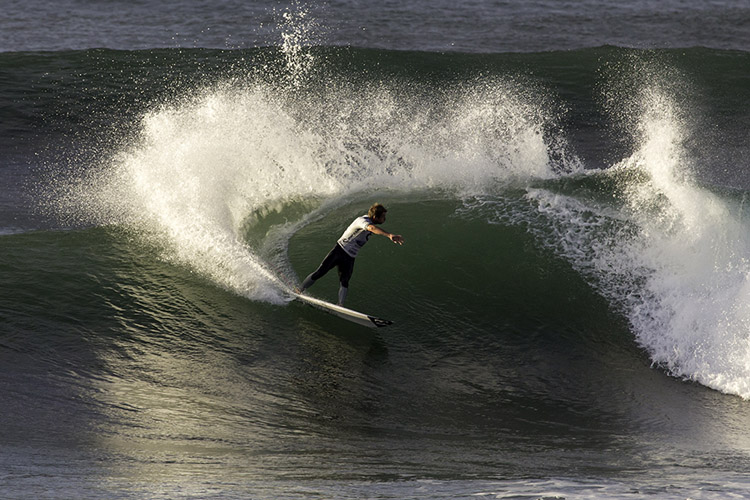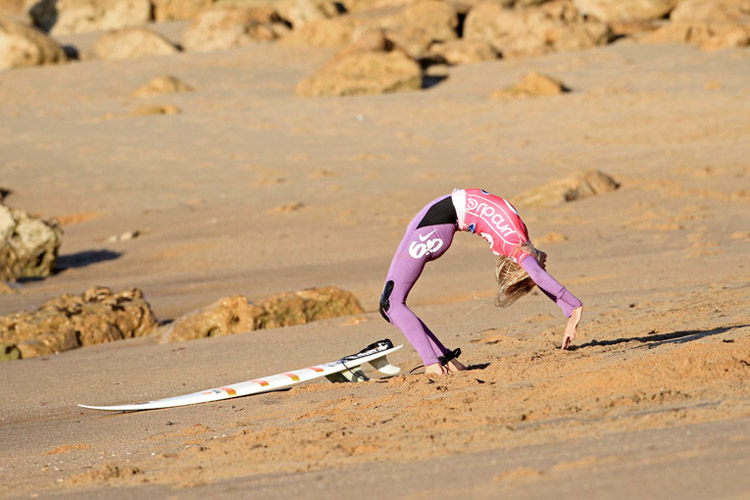Surfing is a complete physical sport. The act of catching waves makes use of your bones, tendons, and most muscle groups. Surfers are known for quickly developing flexibility and endurance, but what are the main muscles involved in surfing?
The concept of surf training is relatively new.
In the last two decades, professional surfers have dedicated more time to improving the performance of their bodies by adding special workout routines to their schedules.
But what can the average surfer do, in terms of physical exercise, in order to step up from good to great out in the line-up? Is there any particular fitness guide for wave riders?
With time, we've learned that certain muscles play vital roles in several surfing functions. These muscles can be trained to perform better and conditioned to avoid injury.
The Surf Muscle Groups
When we paddle for a wave, multiple muscles kick into action: triceps, biceps, deltoids, the trapezius, rectus abdominis, latissimus dorsi, and obliques.
These muscles require pre-surf warm-up rituals in order to give a great performance.
Essentially, you are giving your muscles instructions on how they will be used in the next hour or two.
The first stretching exercises at the beach should involve muscles that will be used to paddle out, duck dive, and catch the first waves.
However, keep in mind that stretching exercises should also be performed right after your daily dose of waves.

Later, when you prepare to take off on a good-looking wave, the pectoralis major, deltoids, triceps, and biceps will lift your upper body before your legs get to work.
As your feet touch the surfboard, you'll bring the main lower-body surf muscles into action. These include the quadriceps, gluteals, and gastrocnemius.
You'll know which ones need more strength work by feeling the muscles that tire easily or become weak and shaky.
They will certainly seem to ask you: how's your strength plan going?
The muscles of the hips are very important in surfing because they will be called to work to complete bottom turns, carves, aerials, snaps, and roundhouse cutbacks.
They are often associated with torso rotations, which happen basically all the time.
Healthy Habits
Strength training will build size and strength in your surf muscles so that they can be ready for greater efforts.
If you dedicate 30 minutes a day, three days per week, to these exercises, you will be able to duck-dive those challenging winter double overhead closeouts.
It also pays to keep your surf muscles fully oxygenated and active. Quit smoking, follow a few simple physical guidelines, and eat well.
Muscles are the source of power and projection. If you take steps to look after them, the improvements will be surprisingly noticeable within a matter of weeks.
Learn more about how to stay fit to surf, discover the best Pilates exercises for surfers, and take a look at how to prevent cramps in surfing.
